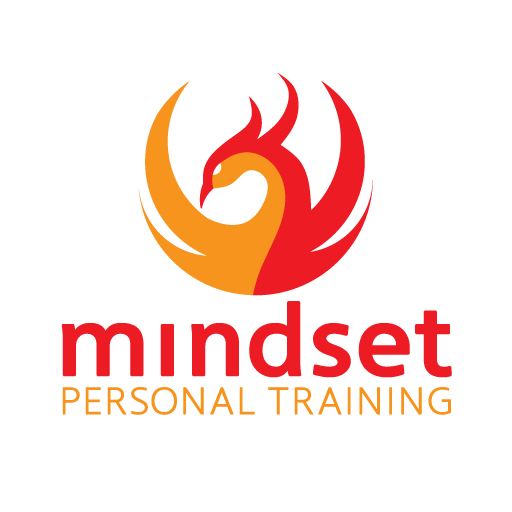ADHD, Autism & Neurodivergence: Navigating the Fitness Journey and Overcoming Challenges
Embarking on a fitness journey is undoubtedly a rewarding endeavor, but for individuals facing the unique challenges of ADHD and autism, the path can be a bit more intricate. In this article, we delve into the hurdles these individuals often encounter and focus on strategies to make exercise a more inclusive and enjoyable experience.
- Sensory Sensitivities:
Individuals with autism often have heightened sensory sensitivities, making certain environments or stimuli overwhelming. When exercising, consider opting for quieter and less crowded spaces. Tailor workouts to accommodate sensory needs, focusing on activities with rhythmic and repetitive motions. - Executive Function Challenges:
ADHD can bring about difficulties in executive functions, such as planning, organizing, and staying focused. Breaking down workouts into smaller, manageable tasks can make the overall routine less overwhelming. Utilizing visual schedules or workout planners can provide a helpful structure. - Variable Attention Spans:
Both ADHD and autism can affect attention spans, making it challenging to sustain focus during a workout. Incorporating diverse exercises and allowing flexibility in routines can help maintain interest. Interval training, combining short bursts of high-intensity exercise with rest intervals, is one effective strategy. - Social Anxiety:
Engaging in group fitness classes may be intimidating for individuals with ADHD or autism who experience social anxiety. Opting for solo or one-on-one activities like jogging, swimming, or using fitness apps can provide a more comfortable setting while still promoting physical well-being. - Regulating Energy Levels:
ADHD often comes with fluctuations in energy levels, making it crucial to choose exercises that match the individual’s energy state. Incorporating activities like yoga or tai chi can help in achieving a balance between physical exertion and relaxation. - Positive Reinforcement and Goal Setting:
Establishing achievable fitness goals and celebrating even small victories is essential for maintaining motivation. Positive reinforcement and acknowledging progress play a pivotal role in fostering a sense of accomplishment, which is particularly beneficial for those with ADHD and autism.
In the realm of fitness, there is no one-size-fits-all approach. Recognizing and addressing the unique challenges that individuals with ADHD and autism may face opens the door to a more inclusive and supportive fitness environment. By tailoring workouts, creating structured routines, and embracing flexibility, we can make exercise an empowering and enjoyable experience for everyone, regardless of neurodiversity.
